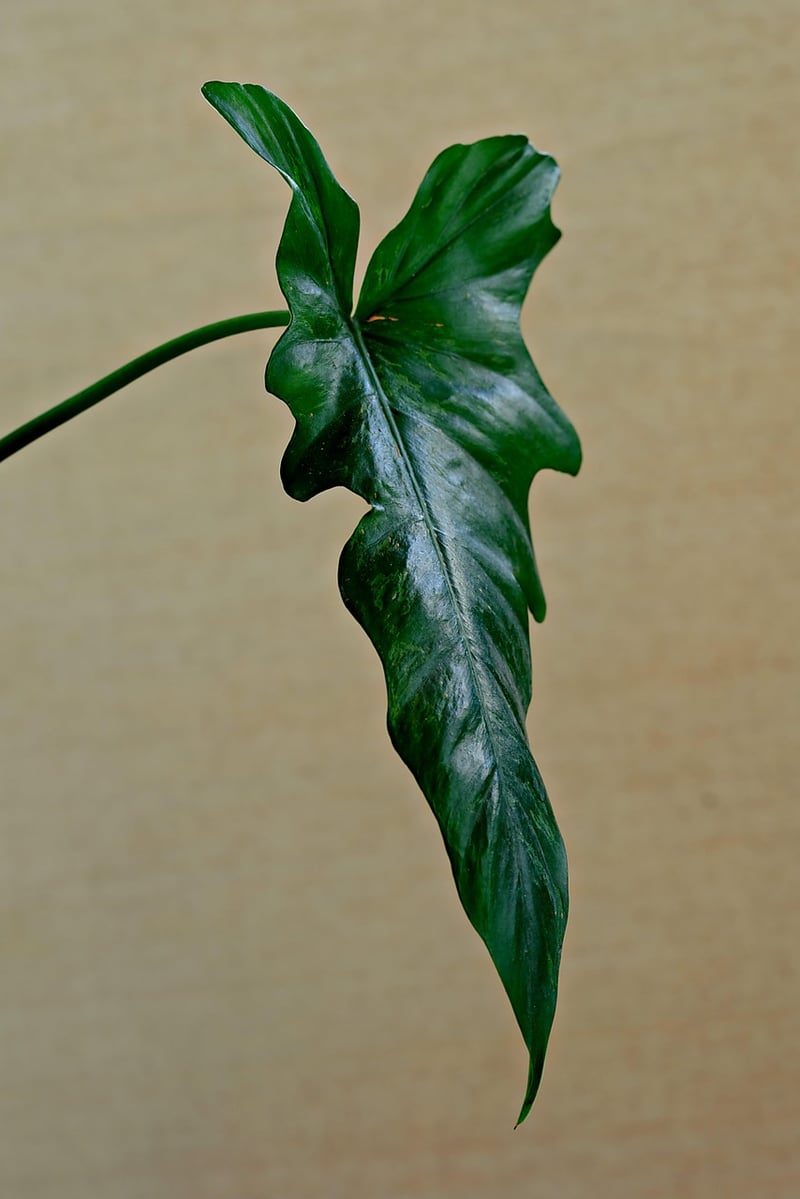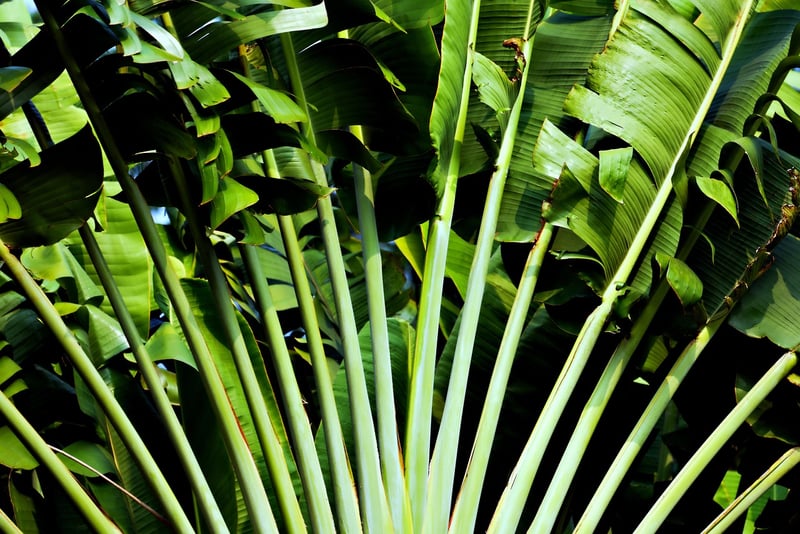Troubleshooting Guide
Tips for Nurturing Your Green Friends
Introduction
Welcome to our guide on taking care of your green friends! Whether you're an experienced plant parent or just starting your indoor garden, these tips will help you keep your plants healthy and thriving. Let's dive in!
1. Light
Most indoor plants need plenty of sunlight to photosynthesize and grow. Place your plants near windows where they can get natural light. If your space lacks sunlight, consider investing in a grow light to supplement their needs.

2. Watering
Overwatering is a common mistake that can lead to root rot. Check the soil moisture before watering and ensure proper drainage to prevent waterlogging. Different plants have different watering needs, so research your plant species to water accordingly.

3. Humidity
Some plants, especially tropical varieties, thrive in high humidity. You can increase humidity by misting your plants, placing them on a pebble tray with water, or using a humidifier in the room.

4. Pruning and Maintenance
Regular pruning helps plants maintain their shape and promotes new growth. Remove dead or yellowing leaves, trim overgrown branches, and dust off the leaves to allow for better photosynthesis.

5. Troubleshooting Guide
If your plants are showing signs of distress, here are some common issues and solutions:
Yellowing Leaves
This could be a sign of overwatering or nutrient deficiency. Allow the soil to dry out between waterings and consider fertilizing your plants.
Brown Tips on Leaves
Brown tips are often due to underwatering or low humidity. Increase your watering frequency and boost humidity levels around your plants.
Wilting Plants
Wilting can result from overwatering, underwatering, or root-bound plants. Check the soil moisture, repot if necessary, and adjust your watering routine.
Pests
Common plant pests include aphids, spider mites, and mealybugs. Use insecticidal soap or neem oil to eliminate pests, and isolate infected plants to prevent spread.
By following these tips and troubleshooting strategies, you can create a healthy environment for your green friends to flourish. Happy gardening!
